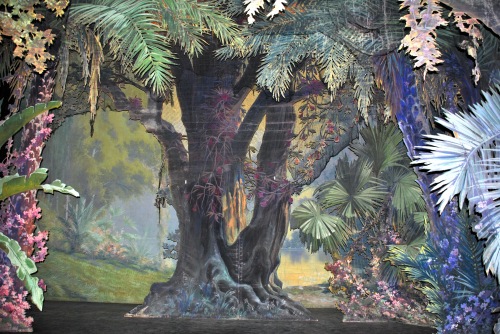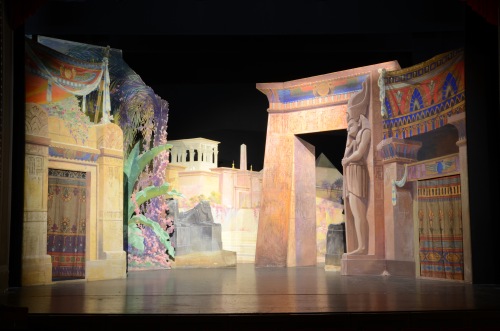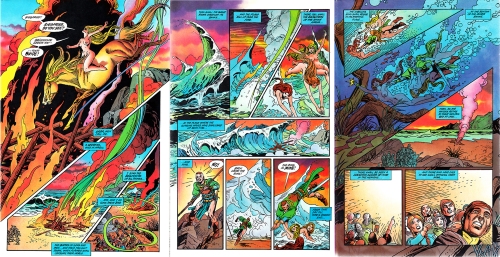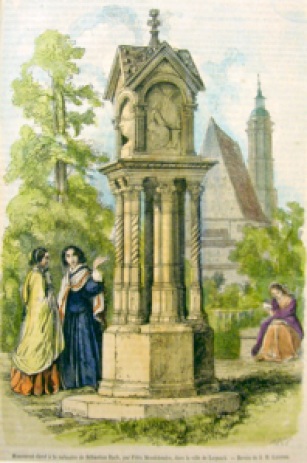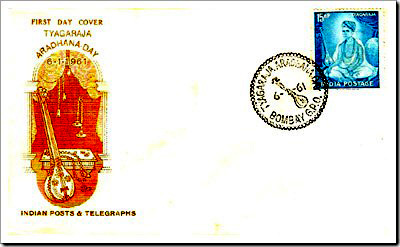The music on Al Di Meola’s 1998 album The infinite desire was largely inspired by the work of the Venetian painter Andrea Vizzini.
“We had books of his collections laying around the studio,” Di Meola said in an interview, “and all of the musicians involved would periodically glance through them for inspiration. Even people who aren’t normally versed in art are moved by his work.”
“He’s about fifty and showed up at one of my shows last year when we played outside Venice. I was really moved that he was gassed by the music! He’s actually painting to my music right now, so we’re planning some exhibitions at some point down the road.”
This according to “Al Di Meola: Art imitating art” by Bret Primack (JazzTimes XXVIII/10 [December 1998] pp. 88–90, 201–202).
Today is Di Meola’s 60th birthday! Above, Vizzini’s cover for the album (click to enlarge); below, Di Meola’s Vizzini (a track from the album) with a slideshow of the artist’s work.




